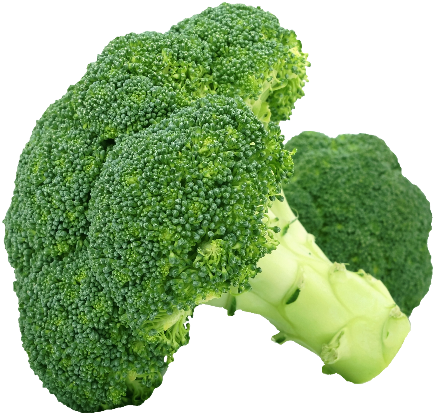March is National Nutrition Month and this year’s theme is Eat Right Bite by Bite. National Nutrition Month is a campaign that is celebrated annually to promote the importance of making informed food choices and developing healthy eating and physical activity habits. One of the key points to eating healthfully is that it doesn’t have to be restrictive! Eating a variety of nutritious foods throughout the day can be fun, and only requires a pinch of meal planning.
USDA MYPLATE FOOD GUIDE
You may be familiar with the MyPlate that was introduced in 2011 or possibly the past USDA Food Guides such as the MyPyramid or maybe even the Food Wheel. On the current MyPlate, you’ll notice the five different food groups, which are fruit, vegetable, protein, grain, and dairy. The MyPlate is a great visual of what foods to include in your diet and in what proportion. For example, the USDA promotes that half of your plate be filled with fruits and vegetables. According to the Centers for Disease Control (CDC), in 2017 only 1 in 10 adults met the federal fruit and vegetable recommendations. This shortcoming can put individuals at risk for certain chronic diseases such as type 2 diabetes and heart disease. Fruits and vegetables also contain essential vitamins, minerals, and fiber that our bodies need for optimal health.

The MyPlate recommends that we consume a variety of different food groups throughout the day, but it doesn’t mean that you have to have all five food groups in each of your meals. For instance, you might want to have a fruit or vegetable as a snack during the day rather than at one of your meals. The MyPlate also gets its name as your plate is going to be individualized to your needs, that’s why “My” is included in its name. For example, an Olympic athlete who trains vigorously for two or more hours each day will have different nutritional needs than an individual who has a fairly sedentary lifestyle. Your daily intake recommendation for each food group varies depending on your age, activity level, and sex. You can find your personalized energy needs on the choosemyplate.gov website under Resources, then click MyPlate Plan.
STAY ACTIVE
A key component of living a healthy lifestyle is getting adequate physical activity, not only for adults but youth too! Youth aged 6-17 years old should receive 60 minutes or more of moderate to vigorous physical activity daily. Increased screen time, which is common among youth can limit the amount of time they are active throughout the day. Adults should obtain 30 minutes or more of moderate to vigorous physical activity at least five days a week, or 150 minutes or more per week. Physically active individuals tend to have stronger bones and muscles, lower body fat, and increased fitness. Being physically active also has brain health benefits, and can help prevent various health conditions such as obesity, type 2 diabetes, and heart disease.
AVAILABLE RESOURCES
During March on the eatright.org website, they are providing small bites of nutrition information each week that can help you and your family reach your nutrition goals. This website also provides interactive games and other nutrition-related resources for free. You can also talk to a Registered Dietitian (RD), who can provide you with the support and nutrition information to help reach your nutrition goals.
By: Shelley Balls, MDA, RDN, LDN
Sources: